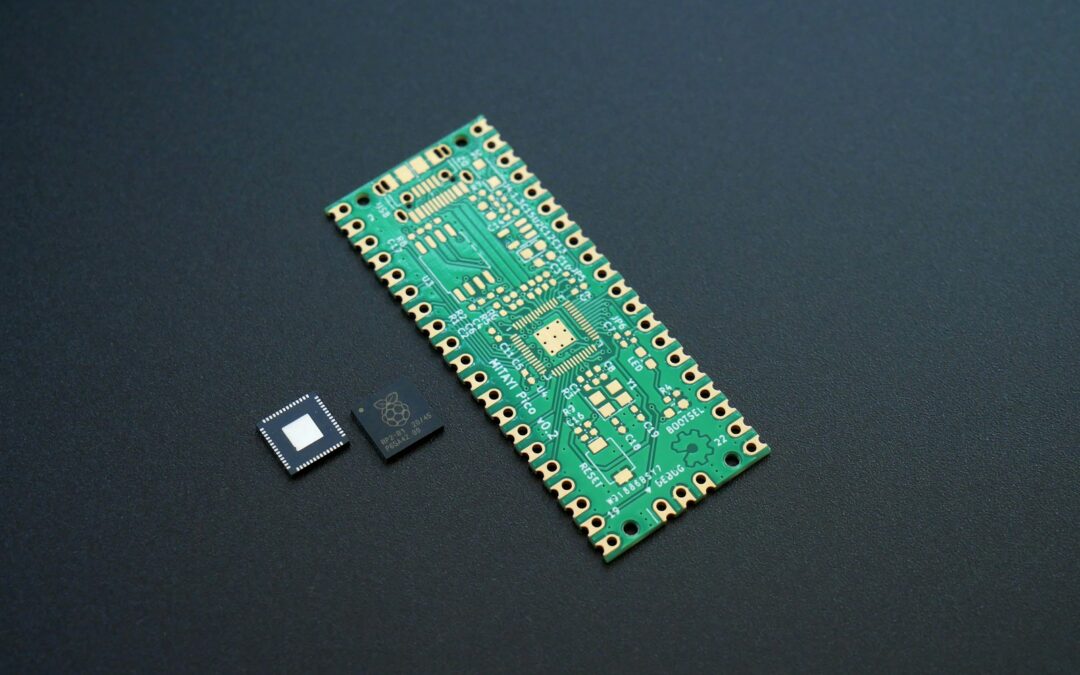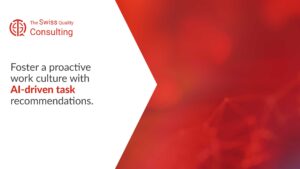Understanding the Challenges of IoT and Legacy System Integration
The Complexity of Integration
Managing the complexity of IoT and legacy system integration is a critical task for modern businesses aiming to leverage new technologies while preserving their existing infrastructure. In regions like Saudi Arabia and the UAE, where rapid technological advancements are coupled with a robust legacy system landscape, the integration process can be particularly challenging. The complexity arises from the need to ensure seamless communication between old and new systems, maintain data integrity, and uphold security standards.
Legacy systems often operate on outdated protocols and may lack the flexibility required for integration with IoT devices. These systems were not designed to handle the volume and variety of data generated by IoT sensors, leading to potential bottlenecks and inefficiencies. For instance, businesses in Riyadh and Dubai that rely on legacy systems for operations might face significant hurdles in integrating IoT solutions designed to enhance operational efficiency and customer experience.
To address these challenges, businesses need to adopt a strategic approach that includes thorough planning and execution. This involves understanding the existing IT infrastructure, identifying potential integration points, and developing a roadmap that outlines the steps necessary for successful integration. By doing so, businesses can ensure that the transition to IoT-enabled systems is smooth and does not disrupt existing operations.
Ensuring Data Integrity and Security
One of the primary concerns when integrating IoT with legacy systems is maintaining data integrity and security. IoT devices generate vast amounts of data that need to be accurately captured, transmitted, and stored without compromising quality or confidentiality. In industries such as healthcare and finance, prevalent in Saudi Arabia and the UAE, data integrity is paramount due to the sensitive nature of the information involved.
To ensure data integrity, businesses must implement robust data management practices. This includes using middleware solutions that can aggregate and filter data before it reaches the legacy systems. Middleware acts as an intermediary layer that ensures data is compatible with legacy systems, reducing the risk of data loss or corruption during transmission. Additionally, data validation and error-checking mechanisms should be in place to detect and correct any inconsistencies.
Security is another critical aspect of IoT and legacy system integration. IoT devices are often vulnerable to cyber-attacks, which can compromise the entire system if not properly secured. Implementing end-to-end encryption, secure communication protocols, and regular security audits can help mitigate these risks. In regions like Riyadh and Dubai, where regulatory compliance is stringent, businesses must also ensure that their integration strategies align with local data protection laws and standards.
Maintaining Operational Continuity
Ensuring operational continuity during the integration of IoT and legacy systems is essential to avoid disruptions that can impact business performance. Businesses in fast-paced environments such as Dubai and Riyadh need to maintain continuous operations while integrating new technologies. This requires a phased approach to integration, where changes are implemented gradually, and the impact on operations is minimized.
A phased approach involves breaking down the integration process into manageable stages, each focusing on specific aspects of the integration. For example, businesses can start by integrating IoT devices with non-critical systems to test the compatibility and performance of the new setup. Once the initial integration is successful, they can proceed to integrate more critical systems in subsequent phases. This approach allows businesses to identify and address any issues early in the process, reducing the risk of major disruptions.
Additionally, businesses should develop contingency plans to address potential integration failures. This includes having backup systems in place, training employees on new technologies, and conducting regular testing to ensure the system’s stability. By maintaining operational continuity, businesses can ensure that their transition to IoT-enabled systems is smooth and efficient, without negatively impacting their day-to-day operations.
Strategies for Successful IoT and Legacy System Integration
Leveraging Middleware Solutions
Middleware solutions play a crucial role in managing the complexity of IoT and legacy system integration. Middleware acts as a bridge that facilitates communication between IoT devices and legacy systems, ensuring that data flows seamlessly between them. In regions like Saudi Arabia and the UAE, where businesses operate on a mix of modern and traditional systems, middleware solutions can significantly simplify the integration process.
Middleware solutions offer several benefits, including data aggregation, transformation, and routing. They can standardize data formats and protocols, making it easier for legacy systems to interpret and process data from IoT devices. This not only improves data compatibility but also enhances the overall efficiency of the integration process. Furthermore, middleware can provide additional functionalities such as monitoring, logging, and analytics, which are essential for managing and optimizing IoT integrations.
Businesses in Riyadh and Dubai can leverage middleware solutions to streamline their IoT and legacy system integration efforts. By choosing the right middleware platform, businesses can ensure that their integration strategy is scalable, flexible, and future-proof. This enables them to adapt to changing business needs and technological advancements without major overhauls to their existing infrastructure.
Implementing a Robust Integration Framework
A robust integration framework is essential for managing the complexity of IoT and legacy system integration. This framework should outline the processes, tools, and methodologies required for successful integration, ensuring that all aspects of the integration are addressed systematically. In dynamic markets like Riyadh and Dubai, where businesses need to stay ahead of the competition, having a well-defined integration framework is crucial.
The integration framework should include the following components:
– Assessment and Planning: Conduct a thorough assessment of the existing IT infrastructure and identify the integration points. Develop a detailed integration plan that outlines the steps, timelines, and resources required for the integration.
– Standardization: Standardize data formats, communication protocols, and integration methods to ensure compatibility between IoT devices and legacy systems.
– Testing and Validation: Implement rigorous testing and validation processes to ensure that the integrated system functions as expected. This includes testing for data integrity, security, and performance.
– Monitoring and Optimization: Continuously monitor the integrated system to identify and address any issues. Use analytics and reporting tools to optimize the system’s performance and ensure it meets business objectives.
By implementing a robust integration framework, businesses can manage the complexity of IoT and legacy system integration effectively. This framework provides a structured approach to integration, reducing the risk of errors and ensuring that the integration is completed on time and within budget.
Investing in Training and Support
Investing in training and support is critical for the successful integration of IoT and legacy systems. Employees need to be trained on new technologies, tools, and processes to ensure that they can effectively manage and operate the integrated system. In regions like Saudi Arabia and the UAE, where the workforce is diverse and highly skilled, providing comprehensive training and support is essential for maximizing the benefits of IoT integrations.
Training programs should cover various aspects of the integration, including the functionalities of IoT devices, the role of middleware, and best practices for data management and security. Businesses should also provide ongoing support to address any issues that arise during the integration process. This includes having a dedicated support team, offering troubleshooting resources, and conducting regular training sessions to keep employees updated on new developments.
In addition to training, businesses should foster a culture of continuous learning and improvement. Encourage employees to stay updated on the latest trends and advancements in IoT and related technologies. This not only enhances their skills and knowledge but also ensures that the business remains competitive in a rapidly evolving market.
In conclusion, managing the complexity of IoT and legacy system integration requires a strategic approach that includes leveraging middleware solutions, implementing a robust integration framework, and investing in training and support. By adopting these best practices, businesses in Saudi Arabia, the UAE, Riyadh, and Dubai can successfully integrate IoT with their legacy systems, enhancing their operational efficiency, data security, and overall business success.
—
#BestPracticesForIoTIntegration #IoTIntegration #LegacySystems #BusinessTechnology #ModernTechnology #SaudiArabia #UAE #Riyadh #Dubai













